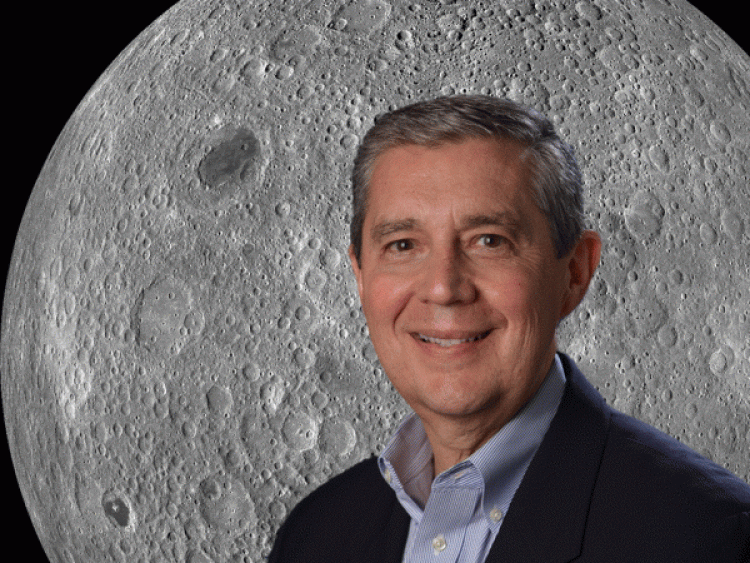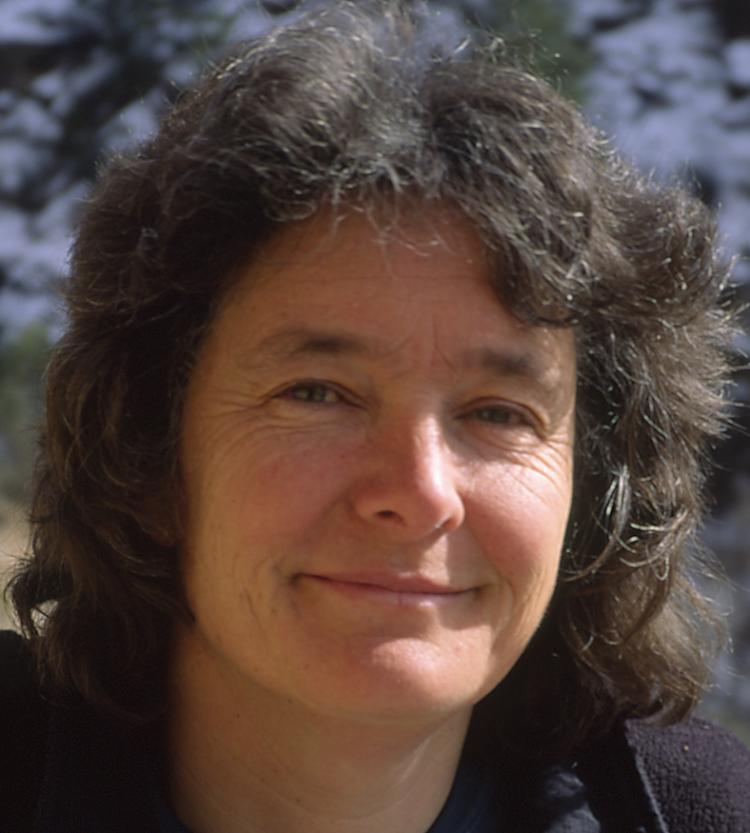CU Boulder astrophysicists gain top honors from peers
Jack Burns and Fran Bagenal are among a group of 200 legacy fellows
Two astrophysicists at the University of Colorado Boulder have been recognized among the inaugural class of fellows of the American Astronomical Society (AAS), the organization announced this week.
Jack Burns, CU Boulder professor of Astrophysical and Planetary Sciences, and Fran Bagenal, professor emeritus and senior research associate of the Laboratory for Atmospheric and Space Physics (LASP), are among a group of 200 legacy fellows, who include past recipients of AAS awards and also individuals with outstanding records of research, teaching, mentoring and service.

Jack Burns, CU Boulder professor of Astrophysical and Planetary Sciences.

Fran Bagenal, professor emeritus and senior research associate of the Laboratory for Atmospheric and Space Physics (LASP).
Burns said he was honored to be among the inaugural class of fellows of the AAS. “I feel privileged to be selected with a number of my colleagues whom I have known and admired for many years. This is a humbling acknowledgement of four decades of research and service to the profession, much of which was done in collaboration with my students and postdocs,” Burns said.
Bagenal, too, said she was honored “and totally surprised.” Noting that her involvement with the AAS has been mainly through its Division of Planetary Sciences and the Committee on the Status of Women in Astronomy, she said, “I am particularly interested in the demographics of our field and how they are evolving.”
Professional organizations like the AAS are vital for both gathering numbers of scientists as well as providing guidance for improving the environment, enhancing education and promoting professional development, she added.
“My colleagues and I here at CU are looking for ways that universities contribute—from teaching Intro Astro to thousands of students to graduate students building or operating CubeSats to Fiske Planetarium showing the public the wonders of the universe.”
Burns received his BS degree, magna cum laude, in astrophysics from the University of Massachusetts. He also holds an MS a PhD in astronomy from Indiana University.
Bagenal has worked on five NASA missions, from Voyager in 1977-89 to Juno in 2003-19. On the Juno mission, her research focused on the magnetospheric plasma sheet, or a sheet-like region of dense, hot plasma, and its coupling to Jupiter’s atmosphere.
In addition to serving as professor, Burns is vice president emeritus for academic affairs and research for the CU system. His research focuses on extragalactic astronomy (astronomy outside of the Milky Way) and cosmology.
He is also the director and principal investigator of the NASA-funded Network for Exploration and Space Science. He has longstanding ties with NASA and served on the NASA Advisory Council from 2008-10, chair of the council’s science committee from 2009-10, and as a member of the 2016-17 Presidential NASA transition team. Additionally, he served as senior vice president of the AAS from 2014-2017.
Bagenal has been a faculty member at CU Boulder since 1989. She holds a PhD in Earth and Planetary Sciences from Massachusetts Institute of Technology and bachelor’s degrees in physics and geophysics from the University of Lancaster, England.
The AAS, the major organization of professional astronomers in North America, established the new accolade, fellow of the AAS, to honor members for extraordinary achievement and service.
Among this first class of honorees, E. Margaret Burbidge—the first woman to serve as AAS president (1976-1978)—was singled out as inaugural fellow.
“The board is simply thrilled to honor Margaret in this way,” says current AAS President Megan Donahue.
“At 100 years old, she has seen almost the full history of the society! She has been an inspiration for so many, especially women like me who use large telescopes, something not possible before Margaret famously broke the observatory gender boundary in the mid-20th century.”
Many other scientific societies acknowledge their members’ scientific accomplishments and service to the field by electing them as fellows, something the AAS hasn’t done before.
Donahue expressed happiness about the award: “I know that future AAS Presidents will take great pleasure in announcing the new class of fellows during the prize ceremony that is a highlight of every winter AAS meeting.”

